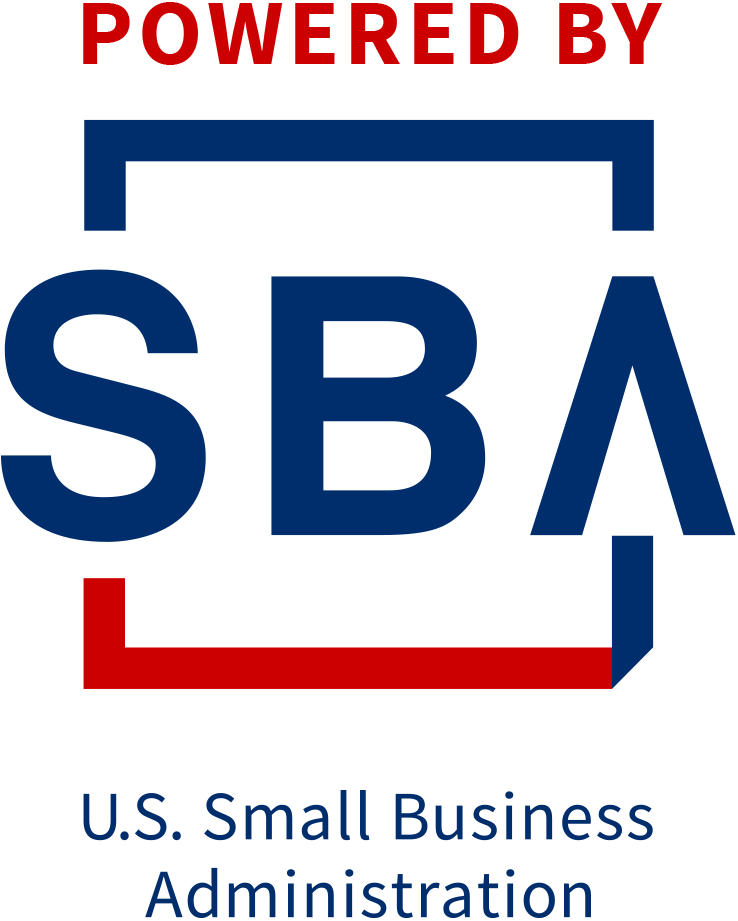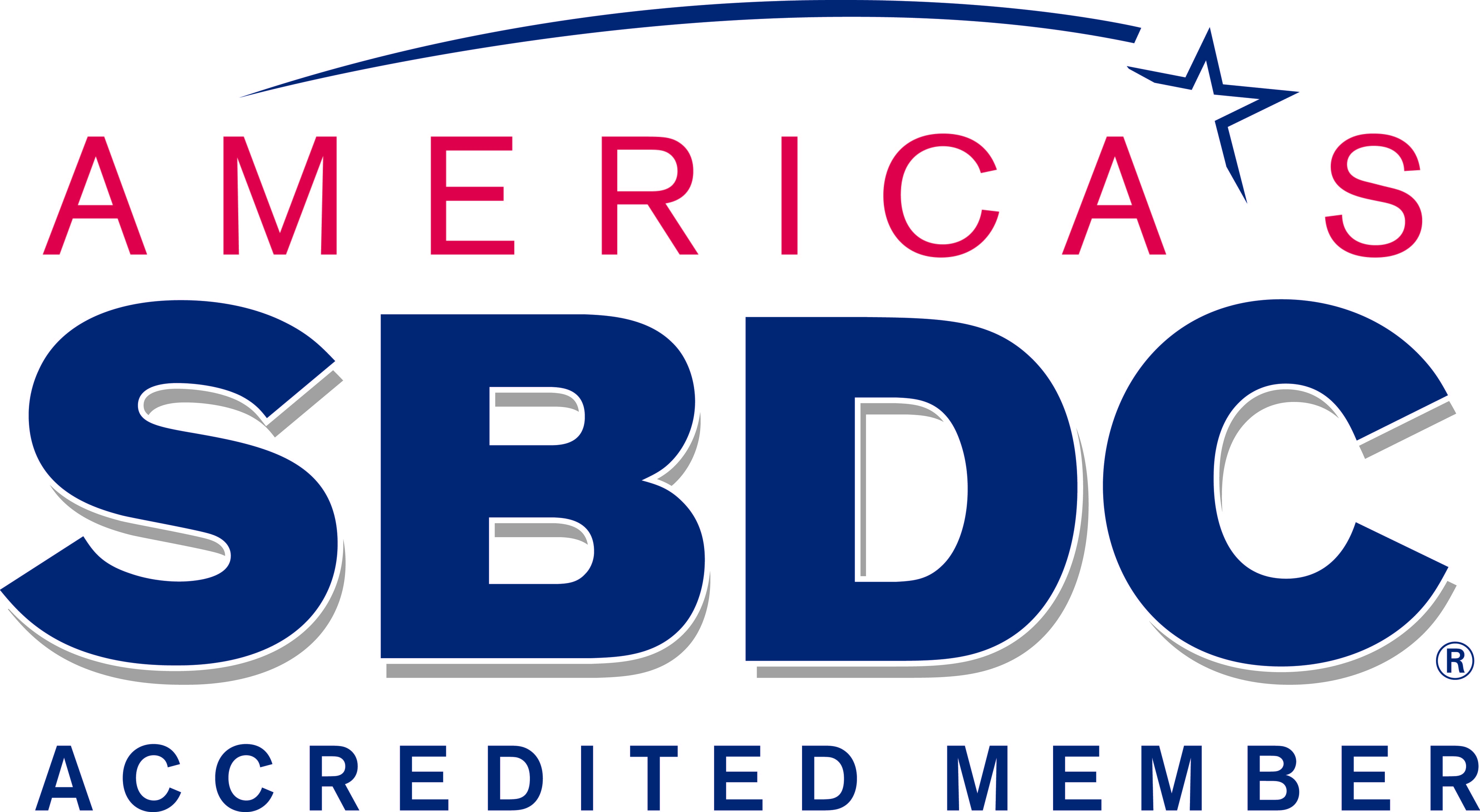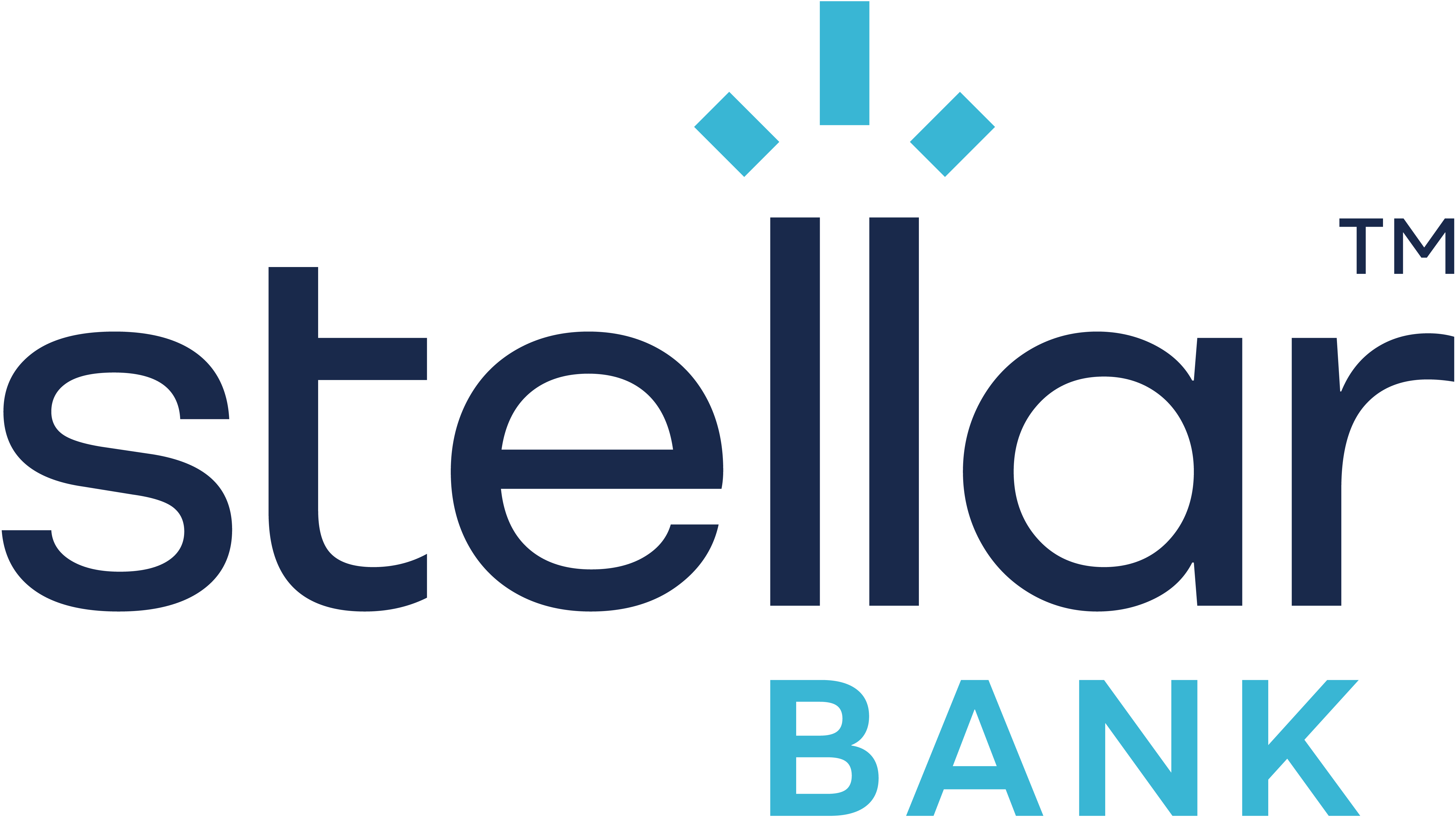Writing a Good Business Plan: the Ultimate Guide for Small Businesses
By: Tatyana Parham
Whether you're a startup company newly developing tools for your business, or you're a seasoned business owner seeking loans or investments, writing a good business plan is a fundamental part of becoming a well-established company. A strong small business plan provides direction for your company's future, helps you fully develop your business concept, and lays out clear objectives to grow your business from a marketing, financial, and operational standpoint for the next 3-5 years.
Essentially, a business plan is a living document that grows with your business, and describes your core business activities, objectives, and strategies to achieve your goals. This resource is typically 15-20 pages, and should be reviewed and updated periodically to keep you on track with your goals. Reviewing your business plan is a great opportunity to see how your business has evolved, and can enable you to align your objectives to your company's most pressing interests in real-time. Successful business plans provide an industry overview, outlining how your business differentiates from potential competitors, as well as documenting your financial performance and operational strategy. Most importantly, writing a simple business plan can attract potential investors before your company has established a proven track record, showing that you have a fully vetted business idea. Click here to watch a webinar that provides extra guidance for writing a business plan for investors.
Across the board, a good business plan is the best internal resource for business executives to identify core objectives and remain competitive in the market landscape. It can be one of the most important tools for small business owners that want to self-manage a startup before obtaining financial resources to hire additional accounting or strategic support. Although the length and content of the business plan may vary depending on the business, there are generally two types of business plans: traditional and lean startup business plans. Traditional business plans, which are most common, are much more detailed and tend to require more work. Lean business plans provide a less detailed snapshot of your company's performance and objectives, and the executives are typically expected to be able to provide more information to investors upon request.
Here, we detail some common elements to traditionally include while writing a good business plan for your company's overall success.
Executive Summary
The executive summary is the first page of your business plan, and it provides a quick overview of the company, including the mission and vision statements, location, a brief description of your products and services, and key information such as ownership structure. Think of this page as your business's elevator pitch - who are you, what do you provide, and what do you want to achieve? In addition, you can include an objective statement, which clearly identifies your company's goals and strategies to achieve them. This is where you can explain a clear need for funding, how financing will help your business grow, and what you intend to do with the expected funds.
Company Description
Your company description provides a more granular look into your small business’s technical information. This may include important information such as registered name and EIN, address of physical locations, key players such as owners, leadership, or Board of Directors, and a brief history of the company.
Products and Services
What products and/or services do your company provide to its target customers, and how do they solve a specific problem or fulfill a specific need? Provide an outline of your company’s general products and service offerings, including your pricing model, consumer benefits, and your sales and distribution strategy. You can also include supplemental information about your products here, such as production and manufacturing, and any information about current or pending trademarks or patents for proprietary technologies associated with your product.
Market Analysis
An effective market analysis section provides an understanding of the industry and target market, as well as a look at different personas of your target consumers - who they are, what they need, and how you can help. This is a great section to include your S.W.O.T. Analysis, highlighting your company’s strengths and weaknesses, and your market placement amongst the competition.
Marketing Strategy
Once you provide a brief market analysis, you are able to describe your company’s plans to attract and retain a substantial consumer base. Your marketing strategy typically outlines a thorough distribution channel, as well as potential advertising and media campaigns that can be executed separately to reach each of your business’s goals. Your marketing strategy can also include a snapshot of your branding portfolio, including key messaging and differentiators.
Financial Analysis
Even if your business isn’t mature enough to have robust financials, it is critical to include a section highlighting your business’s financial performance and projections in order to attract potential lenders and investors. For established businesses, be sure to provide income or profit-and-loss statements, a balance sheet detailing your assets and liabilities, and a cash flow statement to show how much money is coming into and out of your company. Also, this is where you include ratios that showcase the financial health of your company, such as the net profit margin, current ratio, and accounts receivables per year.
For both established companies and startups, it is ideal to include future financial projections that can outline how your business will generate enough profits to repay potential loans, or how you can earn a considerate return for investors. Including monthly or quarterly sales statements can be sufficient enough to position your company to be capable of financing. You can provide full financial statements in the Appendix for reference.
Appendix
The appendix serves as a hub for any supplemental documents that may support the content of your business plan. This includes, but is not limited to, financial statements, bank statements, licenses, equipment and property leases, permits, patents, receipts, contracts, and personal and business credit history. These documents are always useful to have on-hand, just in case a potential lender requests supporting information.
Further Tips and Resources
By including the most fundamental information in your business plan, future investors and lenders will be more attracted to your company and interested in your objectives. Make sure to keep your plan concise - including only the most necessary information and documents that will support your path to funding. Also double-check your sales estimates and projections, ensuring not to over-reach expected outcomes, which can severely hurt your chances of loan approval. Finally, once you’ve finished creating your business plan, proofread the entire document before hand-off. Prospective investors and lenders may be turned off by spelling, punctuation, and grammatical errors. If necessary, hire a professional writer or copyeditor to finalize a polished and professional document.
Writing a good business plan may seem overwhelming for any small business owner at any stage of the business life cycle. A no-cost Business Advisor can be a vital resource for writing a simple business plan, as well as providing assistance in several other areas to help your business succeed.
Click here to find your local SBDC and get matched with a small business advisor today.







